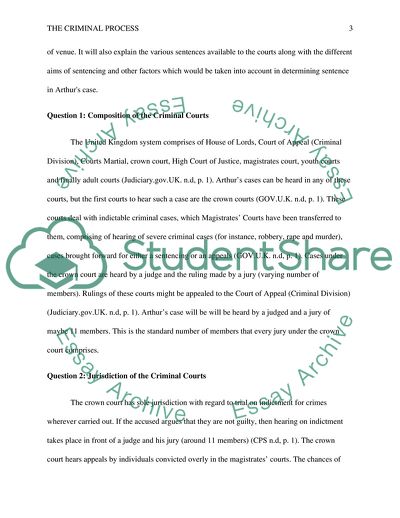Cite this document
(The Criminal Process Coursework Example | Topics and Well Written Essays - 1500 words - 1, n.d.)
The Criminal Process Coursework Example | Topics and Well Written Essays - 1500 words - 1. https://studentshare.org/law/1827385-the-criminal-process
The Criminal Process Coursework Example | Topics and Well Written Essays - 1500 words - 1. https://studentshare.org/law/1827385-the-criminal-process
(The Criminal Process Coursework Example | Topics and Well Written Essays - 1500 Words - 1)
The Criminal Process Coursework Example | Topics and Well Written Essays - 1500 Words - 1. https://studentshare.org/law/1827385-the-criminal-process.
The Criminal Process Coursework Example | Topics and Well Written Essays - 1500 Words - 1. https://studentshare.org/law/1827385-the-criminal-process.
“The Criminal Process Coursework Example | Topics and Well Written Essays - 1500 Words - 1”. https://studentshare.org/law/1827385-the-criminal-process.


